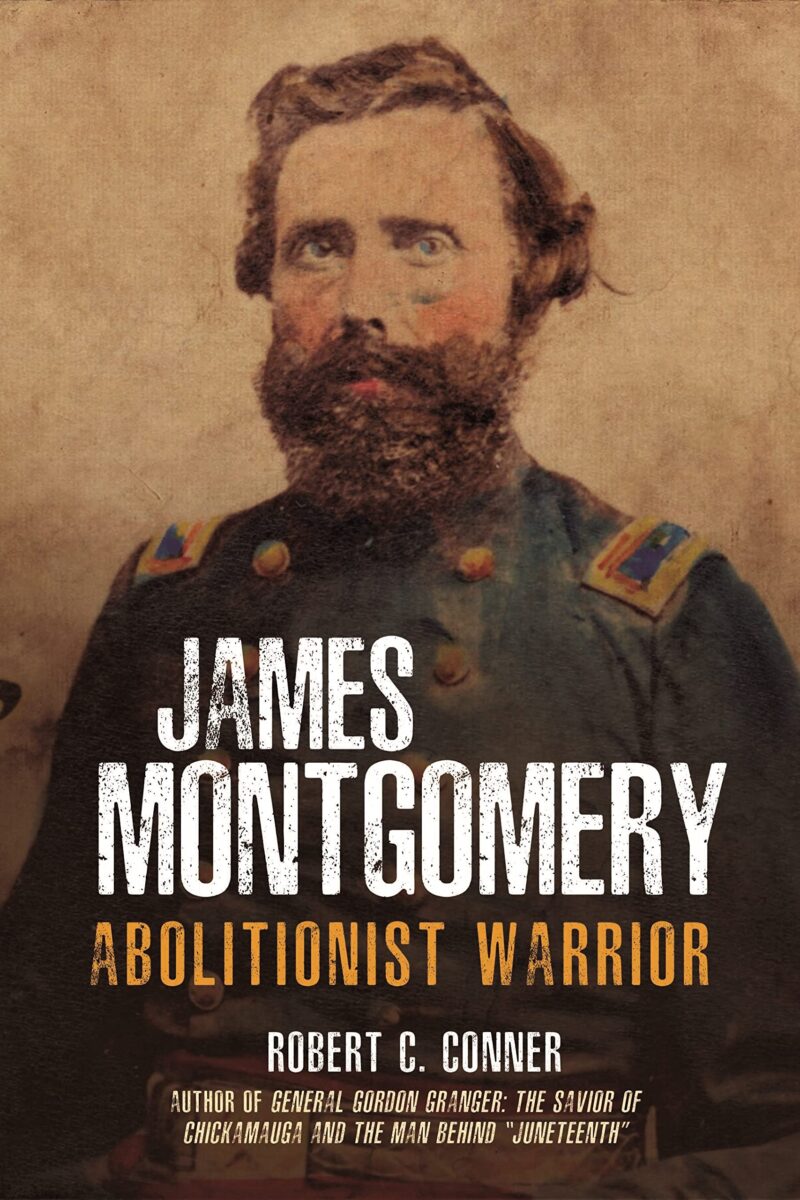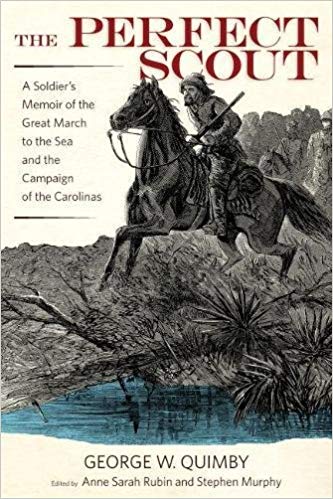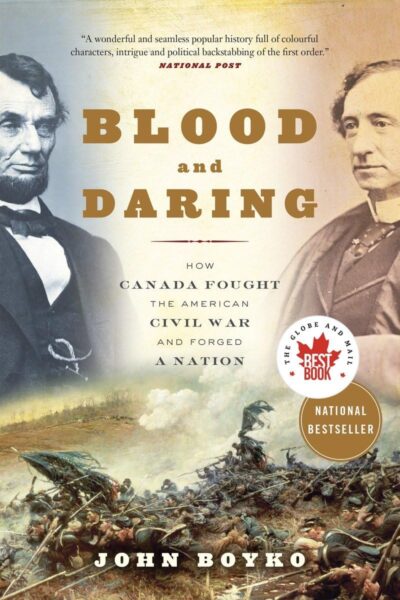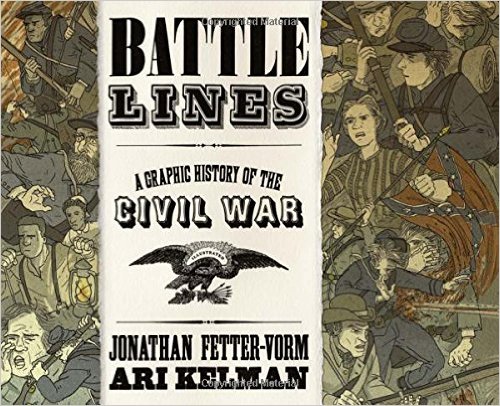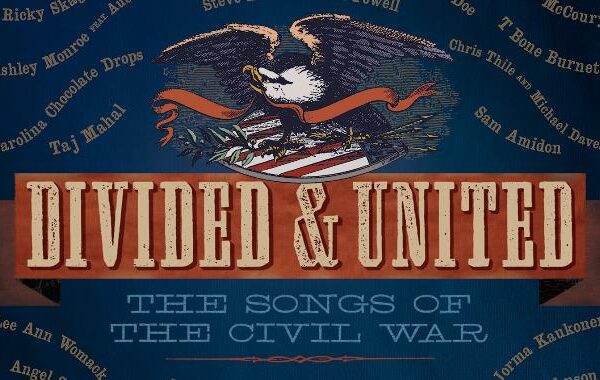In one of the many memorable scenes in the 1989 film Glory, James Montgomery (played convincingly by actor Cliff De Young) orders Colonel Robert Gould Shaw (played by Matthew Broderick) to set fire to the town of Darien, Georgia. Shaw’s character refuses, but Montgomery insists. Soon, the town is in flames. Secession, Montgomery tells Shaw, should be “swept away by the hand of God, like the Jews of old.” Shaw is appalled. The burning of Darien violates what he sees as the rules of warfare. Later in the film—as Montgomery amuses himself at a harpsichord—Shaw threatens to report Montgomery and his superior, General Harker (a thinly veiled version of General David Hunter) to the War Department. stead, Harker gives Shaw and his men long-awaited combat duty. It’s the last time we see Montgomery on screen.
Montgomery is the villain of Glory. But as Robert Conner shows, Montgomery was one of the fiercest abolitionists of the Civil War era, a man whose legacy goes beyond the destruction of Darien. Conner’s is the first major published biography of Montgomery. It is a long overdue book, and it provides readers with a well written and sympathetic portrait of one of the oddest and most extreme men of the period.
Unlike what Glory tells us, Montgomery was not a slaveholder from Kentucky. Rather, he was from the abolitionist, northeastern part of Ohio. He moved to Kentucky later in life, and married for the second time to a Kentuckian, but his longstanding antipathy toward human bondage casts serious doubt on whether he ever had direct ties to slavery.
Montgomery moved to Kansas around the time the 1854 Kansas Nebraska Act was passed. Once there, he farmed and preached. One of the most notorious of jayhawkers, he associated with John Brown, Charles Jennison, and James Lane—all, like him, extremely violent characters. Given Montgomery’s frequent brushes with death in Kansas, it is amazing that he lived to tell the tale. But he was tough, shrewd, and even more important, knew how to ally himself with prominent political leaders. Because of his connections to Senator Lane, he was given command of a regiment in 1861, despite his lack of formal military training.
Montgomery soon took the war to the enemy. He fought in some major conventional battles during the war, but he was better known as a guerrilla and raider. Darien wasn’t the first town he burned. In October 1861, he and other jayhawkers destroyed Osceola, Missouri. In the process, they freed hundreds of enslaved people. This was Montgomery’s war—destroy secessionist towns and liberate slaves, while losing as few Union men as possible.
After the passage of the Preliminary Emancipation Proclamation, Montgomery travelled to Washington to command an African American regiment. He even spoke with President Lincoln about it. He got his command, and in early 1863, Montgomery was turned loose in the Department of the South. He proved a terror not just to Confederates, but Union men, too. At one moment soft-spoken and friendly, at the next minute he could be murderously violent—as he did when he shot one of his own men for a minor infraction. His masterpiece was his raid along the Combahee in South Carolina in early June 1863, where, with the help of Harriet Tubman, he destroyed plantations and freed more than 700 slaves.
Montgomery’s burning of Darien, scarcely a week after he returned from his Combahee raid, sent shockwaves through the country. Northerners and Southerners alike were horrified. Montgomery never lost the confidence or admiration of Colonel Shaw, though Shaw disapproved of his methods. Some abolitionists applauded his actions, not least among them “General” Tubman and Frederick Douglass.
Shaw died at the battle of Fort Wagner. Glory stops there, but after Shaw’s death, command of the 54th Massachusetts passed to Montgomery. He proved unpopular with his troops, mostly due to a racist speech he gave in front of the regiment in the wake of African Americans protesting unequal pay. Even so, as Conner shows, Montgomery remained effective. He fought well at Olustee in February of 1864 and at Westport in October 1864.
A former journalist, Robert Conner is a seasoned writer of fiction and nonfiction. His biography is well-written and ably weaves together primary and secondary sources. In Conner, Montgomery has a solid defender, though he is at times too sympathetic toward his subject. The author at one point notes Montgomery’s “lack of prejudice,” (75) which apparently leads Conner to dismiss the colonel’s racist rant in front of the 54th Massachusetts. He notes Montgomery’s use of racial epithets was “much more common in the Civil War era . . . and was not necessarily associated, as it would be today when used by Whites, with racial ill-feeling” (114). What might have been helpful was placing Montgomery’s attitudes in the context of abolitionism, where one’s commitment to black freedom did not necessarily preclude virulent racism.
Conner also might also have discussed more the debates among abolitionists concerning violence. Many abolitionists, William Lloyd Garrison among them, were committed pacifists. As the events of the 1850s and wartime period showed, abolitionists such as Montgomery had no problem using violence if it would destroy slavery. The debate over “ends vs. means,” however, continued well into the war and was at the heart of US military policy, not to mention public opinion.
Minor criticisms aside, Conner’s biography is a much-needed corrective to Glory and historians who have dismissed Montgomery as a barbarian. Conner’s attention to the Combahee raid and Olustee are particularly well done. Given Montgomery’s prowess, one wonders what might have happened had the Union pitted him against Nathan Bedford Forrest or John Singleton Mosby. What is clear is that his harsh tactics toward the Confederacy foreshadowed Sherman’s destructive marches of 1864 and 1865. Conner’s book reminds us that in the cause of freedom and democracy, men like James Montgomery are sometimes needed.
Colin Edward Woodward, the author of Marching Masters, writes from Richmond, Virginia.
